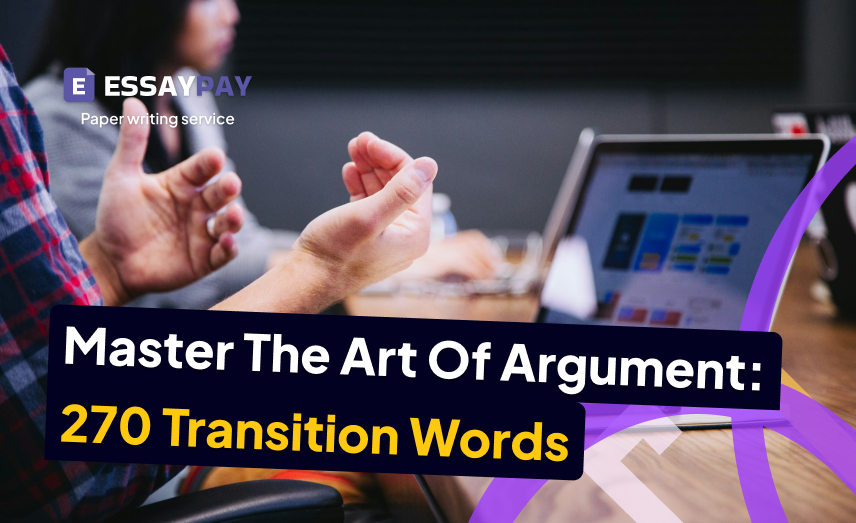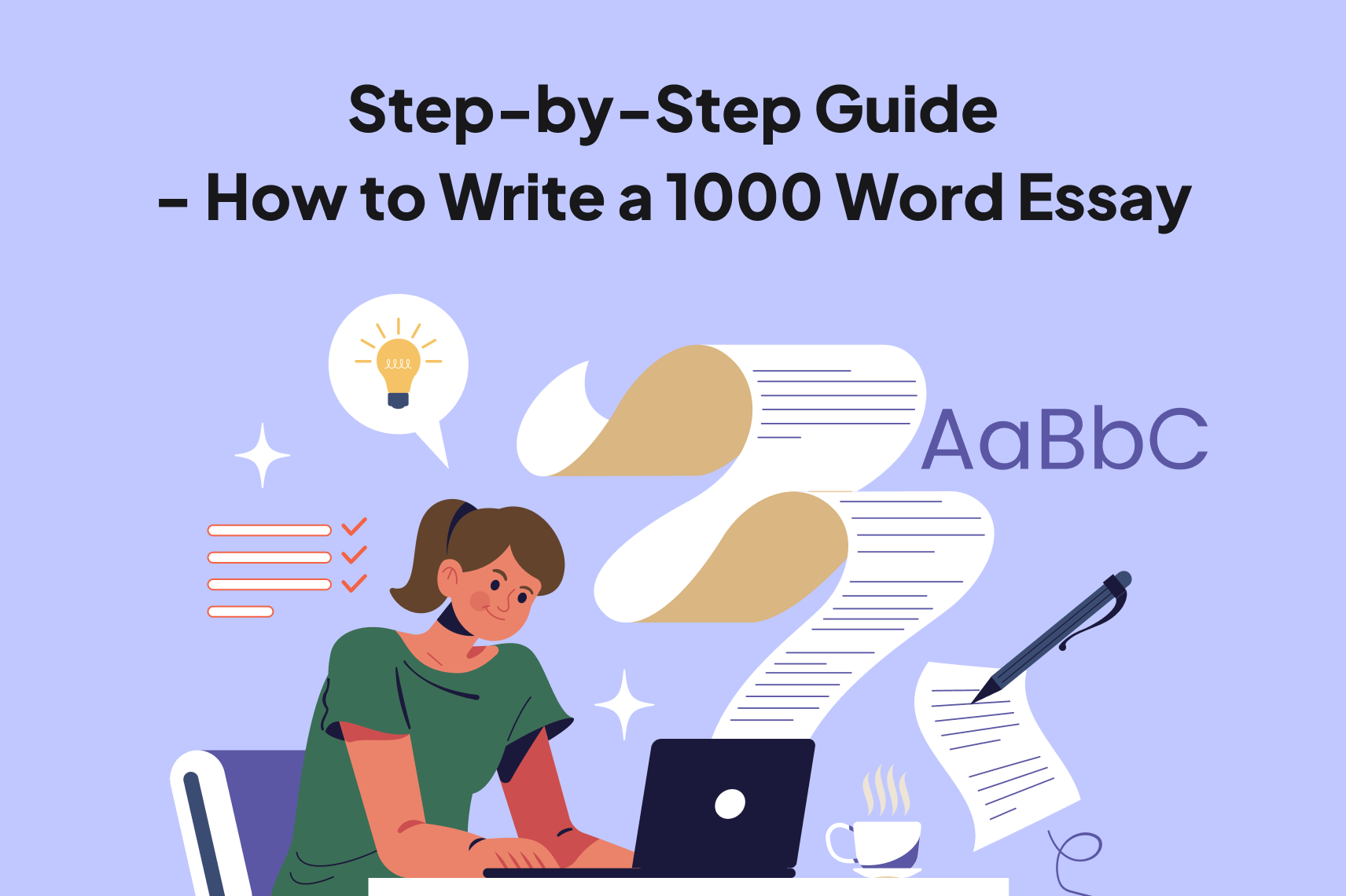I have often found myself faced with the task of revising my essays to meet strict word limits. Over time, I have unearthed a whole treasure trove of strategies, or rather, tricks, that allow me to reduce the number of words without blurring the essence of my arguments. These methods helped me summarize a paper concisely and increased the overall persuasiveness of my work.
I will share these practical tips to help you master the balance between brevity and substance.
Identify and Remove Redundancies
This process involves a sharp eye for spotting repetitive information that does not add value to the narrative. It’s about removing unnecessary words that dilute the essence of your message.
For instance, in planning an essay on a debate topic, I first composed, “The topic of the debate was not chosen for the sake of discussion. It was chosen because it was considered particularly important for discussion among the participants.”
After revising, it became, “The chosen debate topic was important for participant discussion.”
This simple act of excising superfluous words not only clarified my argument but also significantly reduced my word count.
Eliminate Unnecessary Words and Phrases
This technique centers on cutting out filler words that pad your writing without adding real substance, allowing you to streamline sentences effectively.
I know how it feels to be overpowered by the problem of reducing the number of words in my paper. I will deliver an illustration for those who cannot afford to pay for an essay online.
I experienced a sentence bloated with pointless dialect: “In my individual opinion, I truly believe that it is absolutely essential to thoroughly review and deeply analyze every single aspect before making a decision.”
After applying the rule of trimming pointless words and expressions, the sentence became: “I believe reviewing all aspects is essential before deciding”
This revision streamlined my sentence and effectively decreased the word count, displaying the effectiveness of brief composing.
Use Active Voice Over Passive Voice
My investigation into concise writing led me to appreciate the effect of utilizing active voice over passive voice. This shift not only makes sentences more direct and vigorous but also often results in a more concise structure.
For illustration, while pondering over ‘how short can an essay be’ to effectively compress my essay, I experienced a passive construction in my draft: “The experiment was conducted by the students to understand the chemical reaction.”
By switching to active voice, the sentence transformed into: “The students conducted the experiment to understand the chemical reaction.”
This change made the sentence more dynamic and helped compress my essay by eliminating unnecessary words associated with passive constructions.
Combine Similar Ideas
The next way to shorten an essay by 50 words, 100 words, or even 200 words is to simply combine similar ideas. This approach requires isolating and highlighting an idea from each paragraph and then combining them. Typically 100% working scheme for shortening an essay without compromising quality. By combining sections that revolve around similar concepts, you’ll organize your argument.
You create a more coherent and convincing narrative. This procedure serves as a bridge that connects related ideas. It also allows you to eliminate unnecessary data to altogether condense the text.
Focus on Your Thesis
If your essay is too long, make sure that it does not lose its essence. Take time to focus on your thesis statement. A good thesis statement acts like the North Star, guiding every sentence toward its shining light.
The art of brevity is to make sure that every word, every sentence, does justice to, and directly supports, the fundamental argument. To paraphrase effectively, you need to be precise with your vocabulary. Trim away all unnecessary words and leave only the most relevant pieces that serve the thesis. I call this a disciplined approach. Make sure that no paragraph is a black sheep.
Limit Excessive Examples and Illustrations
When trying to write a short essay, you may run into the problem of having too many examples and illustrations. I used to be inclined to fill my essays with countless examples. It’s a kind of temptation to maximize your expertise in a topic. Of course, you can even apply for an essay editing service, but the main thing is not to dilute the strength of the argument.
In no case do you need to completely abandon examples. It is enough to use them with discretion. A reverse outline is an invaluable tool in this case, as it allows you to retrospectively analyze the structure of the essay. Identify cases where examples may overshadow the main narrative. Avoid situations where several illustrations serve the same purpose.
Use Shorter Synonyms
This move involves selecting words that succinctly convey the same meaning as their lengthier counterparts, without compromising the essay’s depth or clarity. For your convenience, you can use the word counter on EssayPay. Is it too much? Let’s look at an example of using synonyms.
The original sentence: “The students demonstrated a tremendous amount of bravery.”
Recognizing the potential for brevity, I changed it to: “The students showed great bravery.”
This simple change from “demonstrated” to “showed” and “a tremendous amount” to “great” preserved the original meaning and made the text concise.
I won’t tell you how many words a short essay should have. Each educator has the right to set their own range. But when it comes to shortening the length of the paper, ask for feedback. It’s about bringing totally different points of view to uncover if there are any unnecessary parts to your narrative. You also have the right to hire essay writers, which once again emphasizes the importance of feedback in decision-making.
Seek External Feedback
When seeking someone to check your essay, consider reaching out to a diverse mix of individuals to gain a broad spectrum of insights. Here are some suggestions on who to ask:
- Peers or Classmates
- Teachers or Professors
- Tutors
- Professional Editors
- Essay Writers
- Family Members
- Friends Outside Your Major
Each person will provide a unique insight into your work. It is helpful to get feedback from multiple people if possible. You will get a comprehensive picture of how your essay can be structured.
Employ Editing Tools
Technology does not stand still, so there are already modern tools for working with text. With the help of these writing tools, you can shorten sentences and optimize your task. Using this practice will allow you to cut out the unnecessary, while maintaining the main point of your statement.
In my opinion, these few tools stand out for their excellence.
- Grammarly – offers suggestions for strengthening sentences, reducing redundancy, and improving clarity.
- Hemingway Editor – highlights complex sentences, passive voice, and unnecessary adverbs.
- ProWritingAid – Identifies overused words, readability issues, and sentence length variations.
- WordTune – suggests different ways to phrase sentences, making them more concise or more attractive.
- QuillBot – can help you rewrite sentences or paragraphs to reduce the number of words.
Each of them has unique advantages. Use the tool that suits you best and improve your writing.
Conclusions
The key is to keep the essay clear and on point. Striving to meet the word limit is not a simple matter of shortening the text. It is a delicate balance, where each sentence is a thread in the great tapestry of our argument.
Brevity in writing does not require compromising on quality. On the contrary, it encourages us to distill our thoughts to their purest form. Limiting the number of words can free us to explore the depths of our creativity.
Remember that every word you choose is a testament to your intentions. Let the strategies we’ve discussed serve as a compass to help you write persuasively.




